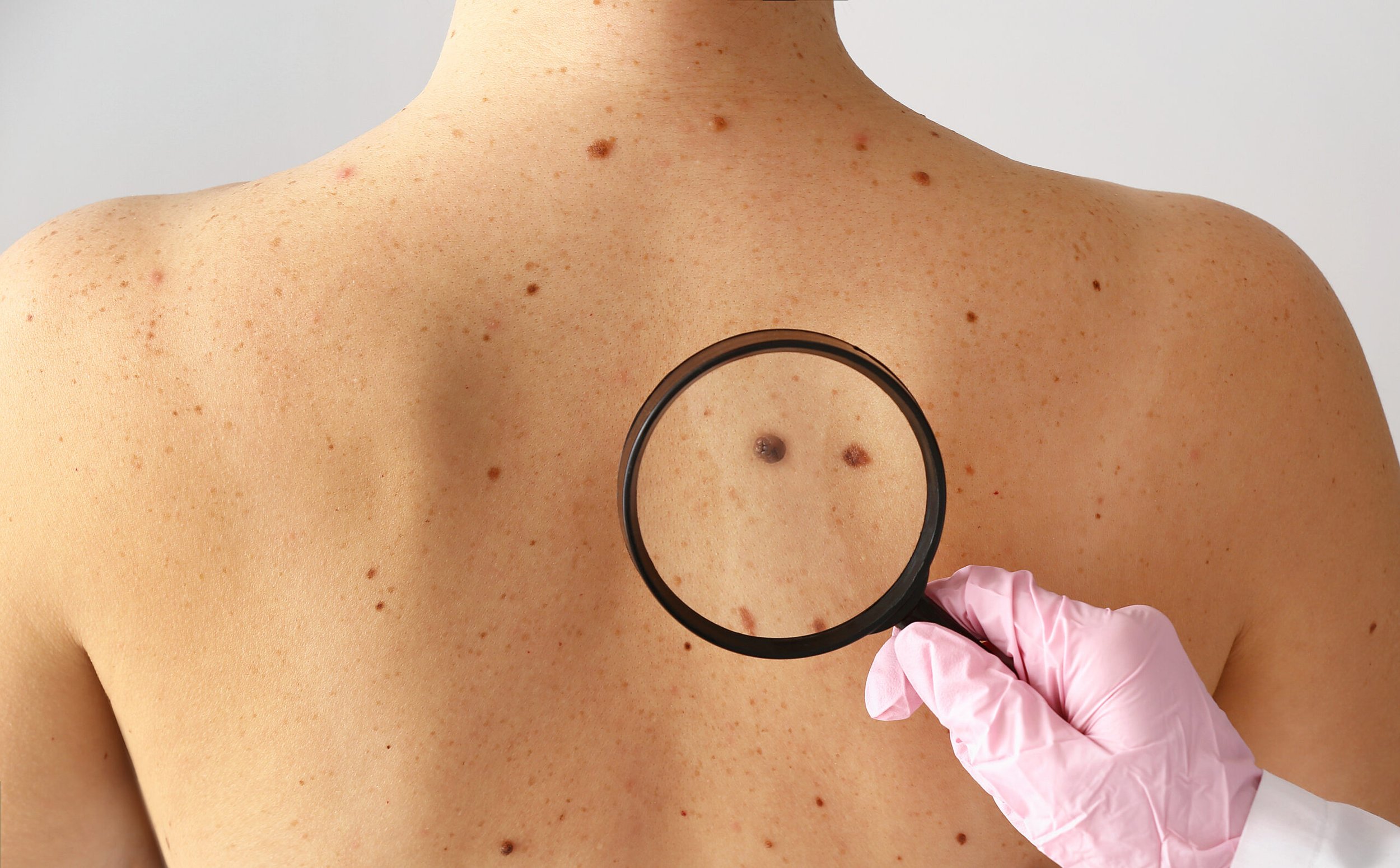Skin Spots and Sun Damage
For the 20% of all Americans who develop skin cancer, 98% will survive, as long as it is dealt with early in the course of its growth. Those of us who hold back from getting a respectful, simple and painless visual exam of one or more lesions, growths or sun damage from a qualified doctor harbor a number of reasons to keep from coming in, none of them fully defensible. Sun damage is in part reversible. Please do consider a skin cancer screening visit, for all of the right reasons.
One in five Americans end up developing skin cancer. In the last three decades, more people been diagnosed with this class of health conditions than all other cancers combined. This is due in part to increased sun exposure, the use of tanning beds, more sporting activities in men and women and some disregard for traditional mores of standard dress styles. Early detection will yield survival rates as high as 98%.
Why do people traditionally procrastinate seeking out a professional opinion about their skin when they see an unusual mole or skin spot in the mirror? There are several reasons. One is the assumption that should a spot need biopsy then there will be pain with local anesthesia. Also, there is a traditional belief that a benign lesion, once biopsied in a shallow fashion, will convert that lesion to a cancer. Another reason is that upon hearing the word “cancer” then the next step in life will be to compose a will in order to die soon. Another reason is that upon knowing about the presence of a cancer, there will be a long, painful treatment regimen that will ultimately fail.
For the most part, none of the above is true. Most biopsies of either the shave or the punch variety begin with placement of local anesthesia with a tiny needle into the skin. However, prior to that a numbing cream and/or a cold numbing spray and/or a firm squeezing technique is used to send static to the brain so that the cold and/or pressure is felt rather than any needle. This technique works well even on children. Most patients remark at how little they actually feel during that phase of the procedure.
The myth of a minimal surgical intervention converting benign tissue to cancerous tissue has been believed worldwide and has been dispelled many times after long periods of critical scientific study. It is simply not true in spite of the fact that someone’s Uncle Ed had that happen to them.
Nearly all people survive cancer of the skin as long as the diagnosis is made early enough. People hear the word “cancer” in a conversation and then their mind shuts off after that to anything else that will be said.
The world of treatment has changed a lot because consumers of medical services have come to expect more. No longer is it adequate for any medical person to say that they are sorry but they cannot do anything about pain. There are many, many techniques for helping shepherd a patient through the whole process of evaluation and treatment, from biopsy to surgery to postop care, with minimal inconvenience and discomfort. Indeed, there are many treatments that can be used as backup if the first treatment does not yield the results desired.
Physicians are also patients themselves and they want to treat patients with the same level of care that they to wish to have themselves. It’s just plain good karma!
In sum, those of us who hold back from getting a respectful, simple and painless visual exam of one or more lesions, growths or sun damage of any site or depth from a qualified doctor have a number of reasons to keep from coming in, none of them fully defensible.
Sun damage is in part reversible. Please do consider a skin cancer screening visit, for all of the right reasons.

